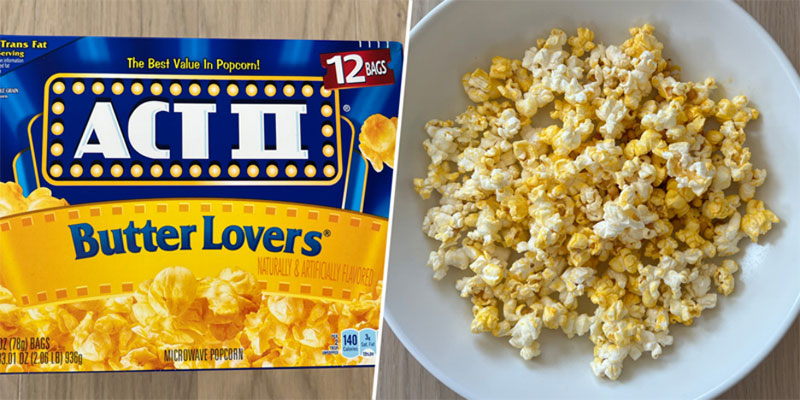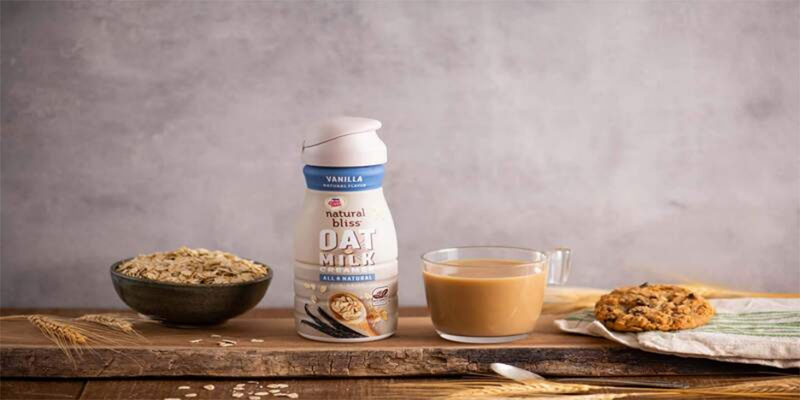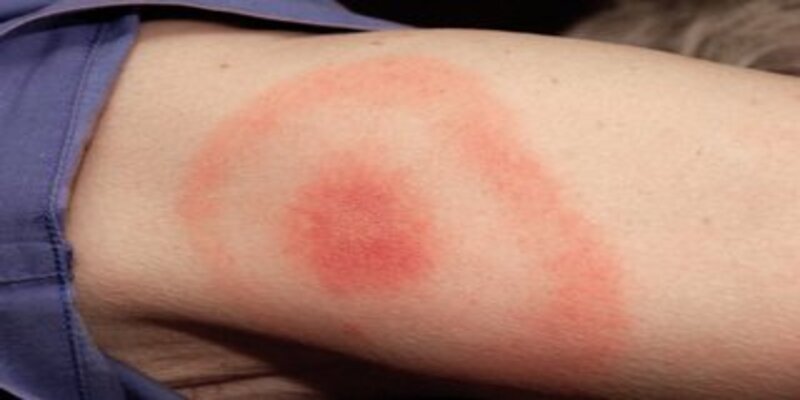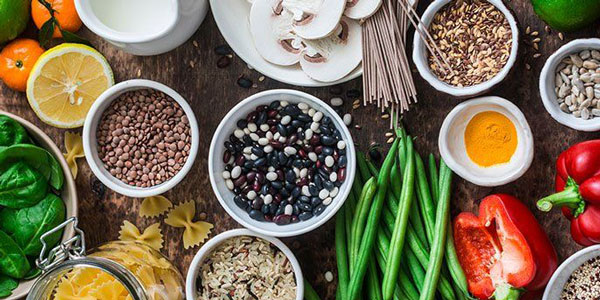
Popular Foods With Hidden Trans Fat
Dec 19, 2022
However, because of the processing procedures that have been utilized, certain goods on the market in 2022 may still contain a trace amount of trans fat. Furthermore, trans fat may still be present in processed goods made and sold before the prohibition went into force. Trans fats may still be present in certain foods because they were made before the FDA prohibition went into force or because of the way they were made, which may have left trace levels of trans fats in the final product.
Some types of meat and dairy include trace quantities of trans fats since they are naturally present in the food chain. However, partly hydrogenated oil is intentionally included in many meals because it goes rancid more slowly than other oils. Scientists and physicians disagree on how harmful trans fats are, but they agree that consuming manufactured trans fats may increase your risk of high cholesterol, cardiovascular disease, and diabetes.
The Following Five Items May Still Contain Trans Fats In The Year 2022
Vegetable Shortening
A solid at room temperature, shortening is a kind of fat. As such, it finds frequent use in the kitchen. Vegetable shortening, primarily manufactured from partly hydrogenated vegetable oil, was developed in the early 1900s as a low-cost substitute for butter. Compared to other shortenings like lard and butter, its high fat concentration results in a softer and flakier pastry, making it a popular choice for baking. As a result of the FDA's restriction, fully hydrogenated oil is now being used instead of partly hydrogenated oil in shortening, removing trans fats from the product. However, shortening made before the ban went into force may still contain trans fat if you happen to have some in your pantry. Check the label to see whether your shortening includes trans fat. If it contains any partly hydrogenated vegetable oil, it contains trans fats.
Some Types Of Microwaveable Popcorn

Manufacturers of microwave popcorn typically utilize a coating made of partially hydrogenated oil, which has a high melting point. Since trans fats are now illegal, businesses have switched to using trans fat-free oils. In spite of the restriction, trans fat may still be present in microwave popcorn that was purchased before the ban was put in place and stored in a cupboard. The best microwave popcorn is one that doesn't contain any partially hydrogenated oils, artificial flavors, or preservatives, and has a low sodium content.
Listed below are some of my favorite brands:
- The Black Jewell of Quinn, Boom, Chicka, and Pop
- Popcorn may also be easily made at home on the stovetop or with an air popper, and the results are just as tasty and satisfying.
- a few vegetable oils
Trans fats have been found in several vegetable oils, particularly those that have been hydrogenated. These partly hydrogenated oils were traditionally utilized to manufacture margarine because hydrogenation causes oil to solidify. Due to this, many varieties of margarine available in the past included a lot of trans fats. Due to the widespread availability of margarine made without trans fats after the ban on trans fat-containing oils was implemented. However, due to the high heat employed in certain manufacturing procedures, even non-hydrogenated vegetable oils might contain trace levels of trans fat. Avoiding partly hydrogenated oils, including margarine and vegetable oils, or switching to healthy oils like extra-virgin olive oil or coconut oil is an easy way to reduce trans fat intake.
Fried Fast Foods
Keep in mind that certain fast food restaurants and takeout joints provide dishes that contain trans fat. Fatty trans fats are often found in fried fast food items such as fried chicken, battered seafood, doughnuts, french fries, and mozzarella sticks. That's because frying may boost the oil's trans fat level somewhat due to the high cooking temperatures required. When oil is reused for frying, it accumulates more trans fats. Due to the difficulty in avoiding trans fats from fried food, it may be preferable to choose other preparation methods, such as grilling, roasting, steaming, or sautéing.
Bakery Products
Vegetable shortening, as well as margarine, is often used in the baking of baked products such as muffins, cakes, pastries, as well as pies. Pastry dough made with vegetable shortening turns out lighter and flakier. And unlike butter or lard, it can be stored for a longer period at a lower cost. Margarine and vegetable shortening both used to be produced using partly hydrogenated oils until quite recently. Due to this, baked foods have long been considered a reliable source of trans fat. The overall quantity of trans fats in baked products has decreased as manufacturers have started to remove trans fat from shortening as well as margarine. Fried baked foods, such as doughnuts, may contain trans fats that are unhealthy in large quantities, so it's best to restrict your intake of these treats.
Non-Dairy Creamers For Coffee

When a non-dairy alternative to milk or cream is desired, these products may be added to a cup of coffee, tea, or another hot drink. Most dairy-free coffee creamers include sugar and oil as their primary constituents. In the past, most non-dairy creamers were manufactured using partly hydrogenated oil for their long shelf life and ability to provide a smooth, creamy texture. However, since the FDA prohibition went into force, most brands have converted to fully hydrogenated oil. However, you may still have some in your kitchen cupboard that contain partly hydrogenated oil due to the long shelf life of most powdered non-dairy coffee creamers.
Conclusion
One of the few substances virtually everyone can agree seems to be that we should all do our best to avoid is partially hydrogenated oil or trans fat. The FDA has outlawed artificial trans fats inside the United States as of 2018. These fats were formerly used in a wide range of processed meals and snacks.





